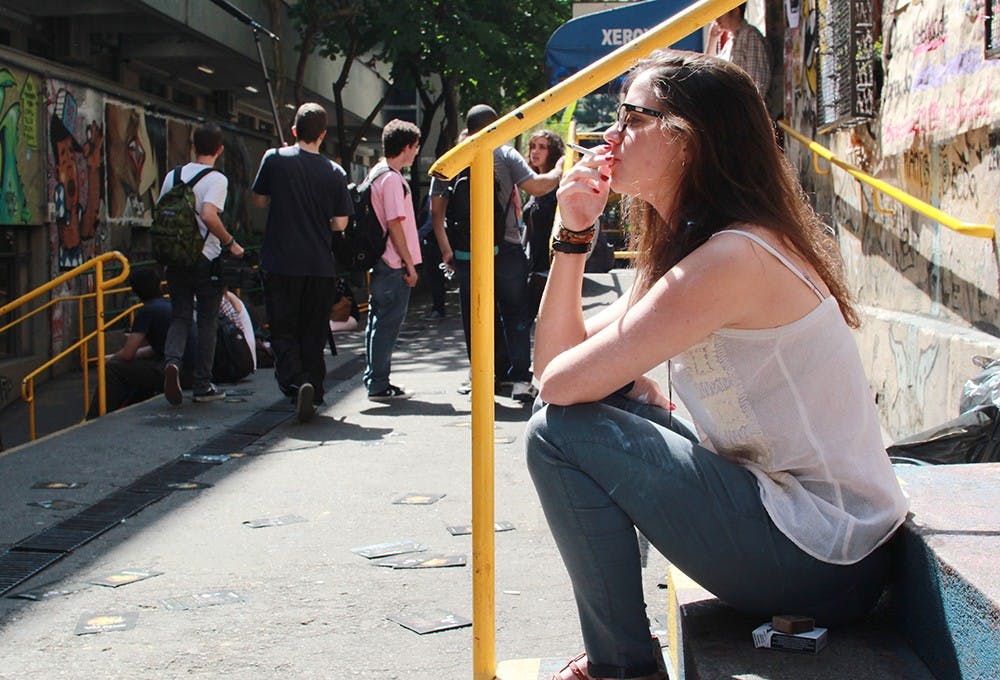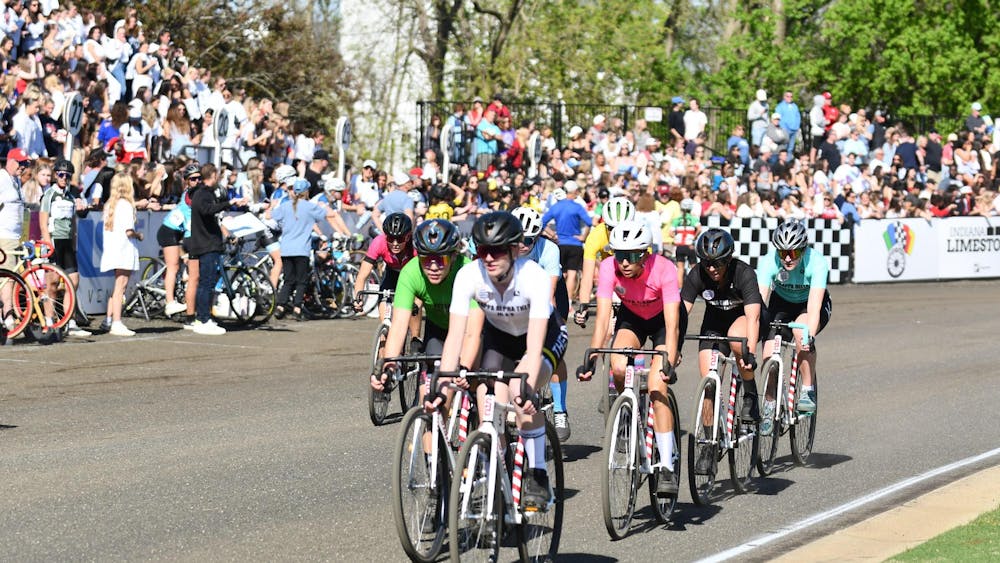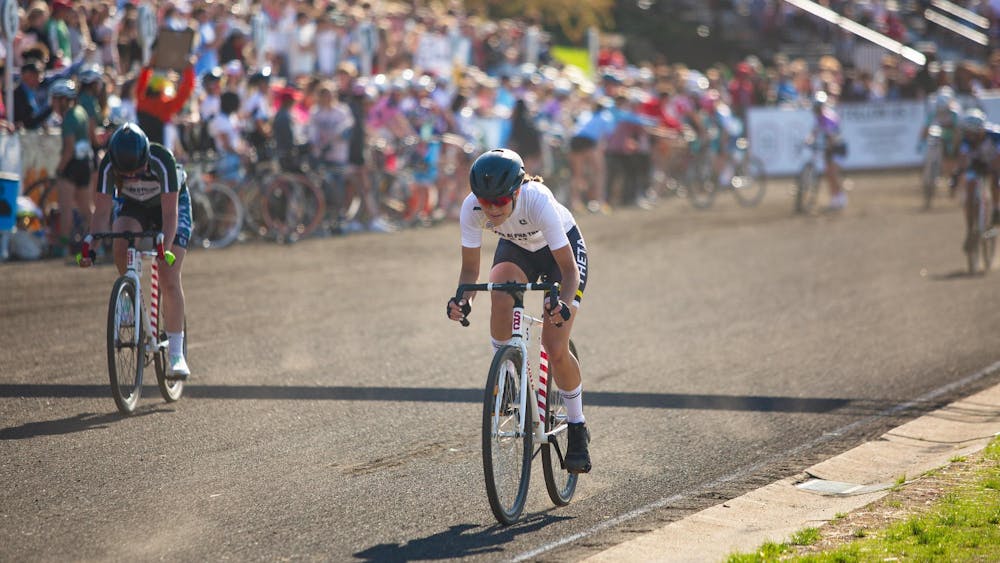The Pontifical Catholic University of São Paulo is probably one of the least Catholic universities you’ll find pretty much anywhere.
If you walk on campus at the right time, the smell of marijuana and tobacco wafts over you. Graffiti covers every wall.
The parties during IU’s Welcome Week don’t even begin to compare to PUC-SP in terms of intensity. Nobody, including the professors, went to class on the first day. Instead, the street behind the university was filled to the brim with students. They drank, they hazed the first-years, they set off smoke bombs and they sang their school song many times over.
It was similar to spirit events at IU but much less G-rated.
But Brazilian college students can hardly be blamed for wanting to let loose every once in a while.
A typical Brazilian undergraduate might take up to nine or 10 classes. Each class is held once a week, and class sessions are usually three or four hours long.
On top of classes, many students here take internships during the school year rather than during the summer.
There is also much less freedom to choose classes for the average Brazilian student.
Once a Brazilian enters college, they usually cannot change their course of study like Americans can. Tuition for public universities in Brazil is free, and the public schools are by far the best.
The catch is that to earn entry into one of these schools, each student must take exams at the end of high school, specific both to the university and to the field of study they hope to enter.
Unlike the SATs or ACTs for Americans, doing poorly on these exams usually means not going to college that year.
Students spend most of their high school careers preparing for these tests. Families with money often send their kids to private high schools, which give them a much greater chance of getting into college.
Sound familiar?
The social inequalities here in Brazil are similar in nature to those in the U.S. But because Brazil is still developing in many ways, every problem seems to be augmented.
For example, Brazil is home to the largest population of black people outside of Africa, according to Bloomberg. Brazilians who identify as either “black” or “brown” constitute about half of the population.
And yet only about six percent of college graduates are black, according to a 2013 study conducted by the Youth Observatory of Rio de Janeiro.
These inequalities are reflections of ongoing economic disparities in the country.
The “work hard, play hard” culture is very real here. Contrary to American stereotypes, Brazilian students are hard workers.
It’s impossible to judge the PUC-SP students for walking to the nearest bar across the street after their classes let out most days.
I’ve even made a habit of joining them.






